One way to preserve tomatoes for the winter is to make tomato juice at home. This is a good way to ensure a high-quality and delicious addition to meat dishes, soups and sauces.
Tomato juice provides us with vitamins from the groups C, B, P and K, pro-vitamin A and the microelements of iron, calcium, potassium, magnesium, sodium and phosphorus.
The best tomato juice is made not by extraction from a juicer but prepared by ways that allow for the production of a thick homogeneous juice with a high pulp content.
To get a sweeter juice use meaty overripe tomatoes, while the smaller ones can be used to create a more sour juice, that is appropriate for sauces, stuffed peppers, sauerkraut wraps and soups.
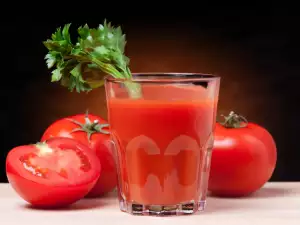
To make a tasty, first-rate tomato juice, wash the tomatoes, cut them into pieces and place in a deep pot. Put them on a slow fire, without adding water, for they will release their juice from the heat.
Stir from time to time in order not to burn. The tomatoes must boil to such a degree that they can be passed through a sieve or strainer.
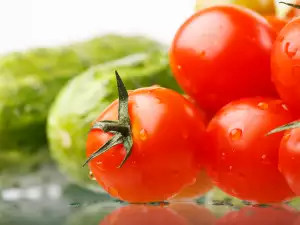
The longer boiling of tomato juice increases the quantity of beneficial substances, rather than decreasing them, as happens in most vegetables that are heat treated.
The boiling time depends on the ripeness of the tomatoes, but once they come to a boil, they need at least 1 hour. The longer the tomatoes are boiled the more delicious and thick the juice will be.
When passed through a sieve, the result is a thick juice like a puree, which is incredibly flavorful. Then boil the juice and remove the foam. Finally, pour it into sterilized jars and close them.
You can also make tomato juice without boiling the tomatoes beforehand. Use a food grinder on the fresh tomatoes; it is mandatory that you add salt. You can also add finely chopped parsley and some black pepper.
Pour the tomato juice into jars. To preserve it longer, cover with a layer of oil or sterilize. 4 1/5 cup (1 L) jars should be sterilized for 20 - 30 min.
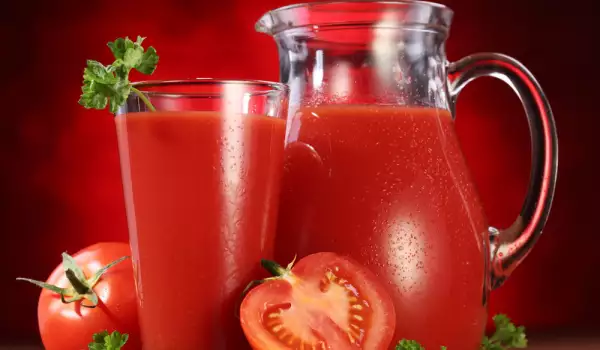
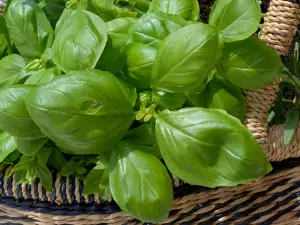
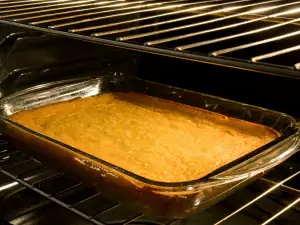

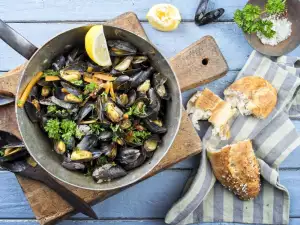
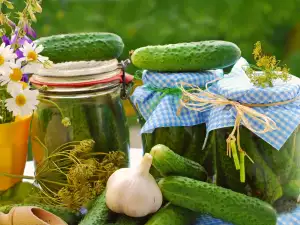

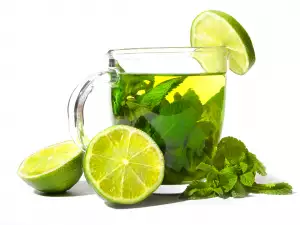

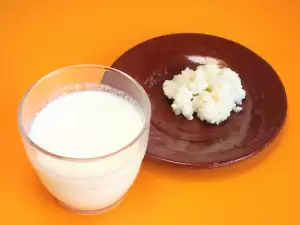
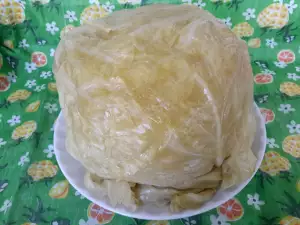
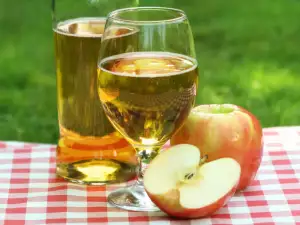
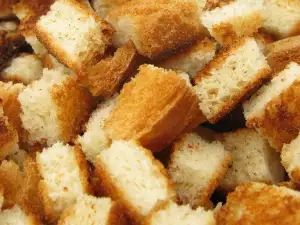
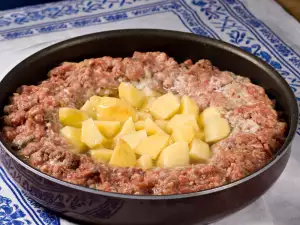
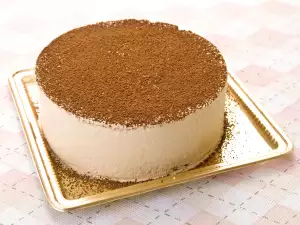
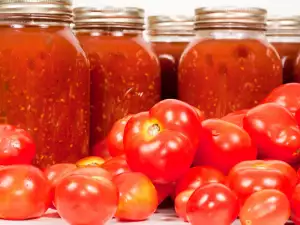




Comments